Iron is necessary for many vital processes for fish that is an essential co-factor of many enzymes, including biosynthetic pathway of chlorophylls, DNA synthesis, and nitrogen reduction. Iron plays major role in oxygen transfer, electron transport, and cellular respiration with emphasis for the function of haemoglobin in fish. Aquaponics rely on bacteria to convert nutrients, and these microbes’ growth requires iron. Iron in bacterial cells affects enzyme performance, metabolic product control, amino acid, pyrimidine biosynthesis, nitrogen fixation, and cell composition. The effect of iron supplementation to water in aquaponics on plant yield, fish development, and health is currently slightly known. However, the iron addition to water as ferrous sulphate boosted swordtail and platy fish growth, implying that iron dissolved in water has nutritional benefits. Thus, iron deficiency can be efficiently treated by adding iron to water in aquaponics. In the present study, iron ethylenediamine-N, N′-bis (2-hydroxyphenylacetic acid) (EDDHA) (6% Fe content) was used as a primary source of iron fertilization. Due to its effectiveness over a wide pH range (4.0–9.0). It is considered to have a long-lasting effect than Fe-EDTA. A 6% Fe-EDDHA solution was chosen based on the results of the previous research.
Iron’s intracellular cation can influence many parameters and processes like plasma biochemical parameters, metabolic enzymes, osmoregulatory, and stress levels in fish. In comparison to marine/brackish water fish, pangasius, a freshwater fish, has less expertise in coping with iron overload. Therefore, it can be hypothesized that the iron supplementation may affect stress responses, haematological, plasma biochemical parameters, and osmoregulatory functions. However, the present study requires to clarify the degree to which the internal balance is disturbed.




